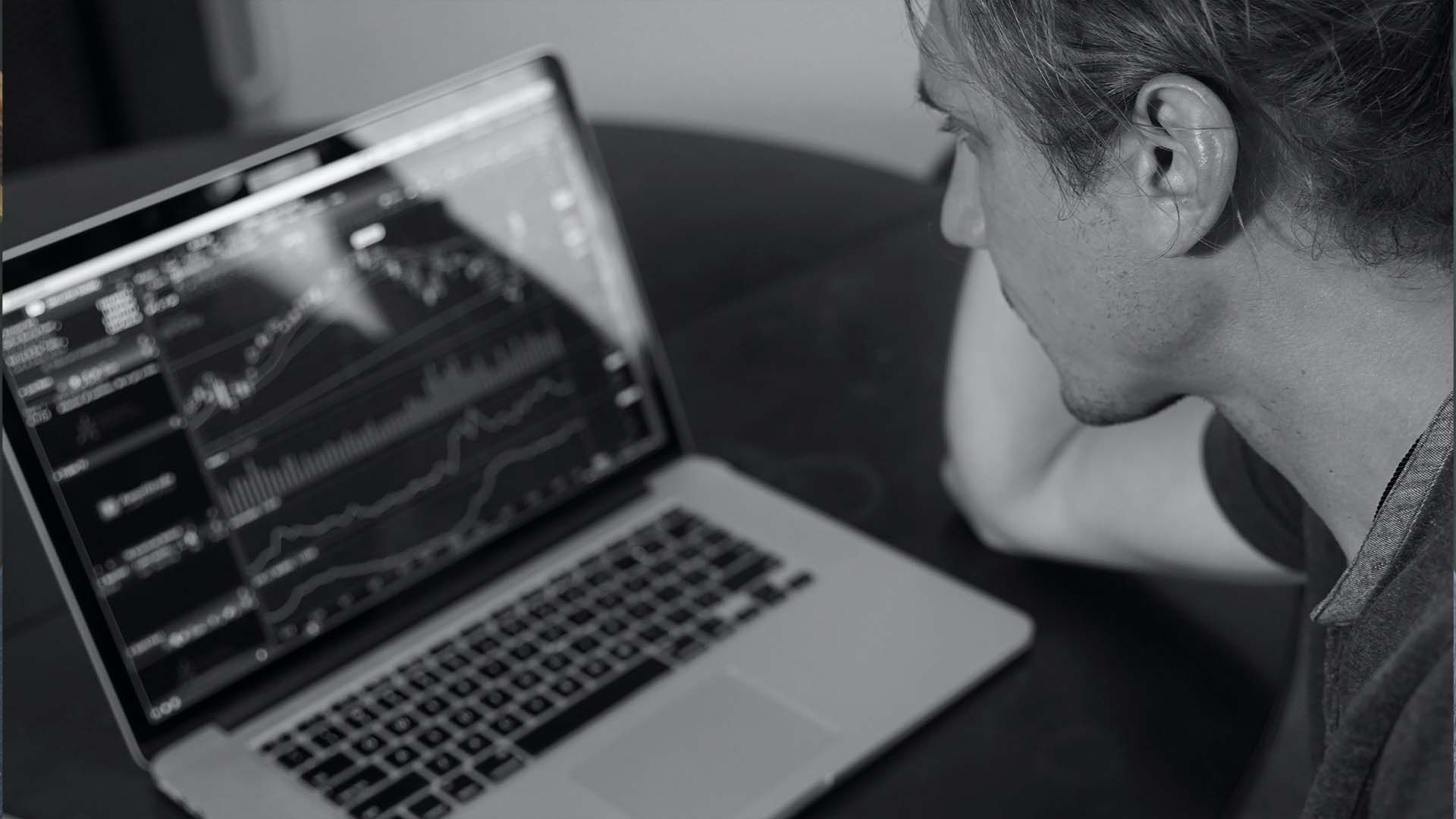Question
I am trying to establish a position in a very ill liquid option. It’s so ill liquid that I am the only one and it. Every time I place an order it is partially filled, then the price is bumped up. My orders alone have caused the price to double from $.40 to $.80. The options started off no-bid, offered at $.40. Now the option market is my bid, offered at $.80.
Am I better off placing one large order or several smaller orders to enter the trade efficiently? How can I avoid having my own orders drive the price up?
Answer
This is an excellent question and it is an issue that option traders frequently face once they get off the “beaten path”. Option liquidity drops off dramatically once you leave the top 200 stocks. Before I answer your question, let me describe what is happening during the market making process.
Market Makers bid for the right to make markets in certain options. The exchanges decide who will have that right. Often, the Market Maker firm may have to spend a lot of money and endure lean times before they can actually generate a return on their investment. They do this because they feel that at some future time, the stock might be popular and attract decent option volume.
Market Makers are always hedged. In a liquid option market they are able to hedge their risk using other expiration months, puts and calls, long and shorts and strike prices. Their “edge” is to buy on the bid and sell on the offer and they rarely fill anything between the bid/ask. Humans have been replaced by technology and most of this function is performed by auto quote systems.
In an ill liquid situation, the Market Maker only has one alternative to hedge the position. They don’t have any liquidity in the other options and consequently they have to offset risk using the underlying stock. If you are buying calls, they are selling them to you and they are buying the underlying stock. They do this in a ratio that makes the position delta neutral. They know that they will have to carry this position for a long time and they are reluctant to even take the other side. In order to make this transaction worthwhile, they make the bid/ask spread a mile wide. In doing so, they assure themselves a decent amount of cushion.
When an order comes in to this ill liquid market, they will honor the bid or the offer for 10 contracts. After that, they will change the market because they are not willing to fill any more options at that price. If you trying to “work the order” and you bid a dime under their offer, they will often reflect your bid and raise the offer by another $.20 – $.30 without filling your order. Basically, they know what you are trying to do and they have raised the price because they are not overly anxious to take the other side of the trade (and they want to make more money).
If you are faced with this situation, you might consider placing a 10 contract order and just paying the offer. You will need to wait a day or two before attempting the same if you are building a position. Every market is different and it won’t hurt to try a small order (3 contracts) between the bid/ask to see if you can get filled. If you are buying the options you will need to get fairly close to the offer to have a chance. If you do you get filled, wait a few hours and try again.
In ill liquid situations it is critical to buy time (buy back month options with at least 4 months of life). You don’t want to fight a wide bid/ask more than once. If the position is working out, you don’t want to be handcuffed by expiration. It will take you quite awhile to build/exit the position and you need to consider that in your trade duration as well.
I am not opposed to trading ill liquid situations. I view these as an advantage for small traders. I can often spot and opportunity and a 10 lot position could yield a nice $5,000 profit. To an individual trader that is a meaningful trade. A large institution won’t even give it a second look because they simply can’t get enough size done to make it worth their time.
I always tried to estimate how far the stock will run. If it is grinding higher gradually, I will buy an in-the-money option with lots of time. In doing so, I know that the option markets have to at least maintain some level of fairness because the options have intrinsic value. If the options are trading at parity I can sell the stock and exercise the calls to exit the trade. In doing so, I am avoiding an ill liquid options market on the way out. The underlying is always more liquid than the options.
If I am expecting an explosive move, I will scale in to an out-of-the-money option. I want to make sure that if the stock reaches my target it will be in-the-money and I will be able to get out using the underlying stock.
When you are trading and ill liquid option, the odds are stacked against you so make sure your research is iron clad. If the underlying moves against you, you will take an even bigger hit, because the market maker will back way off. They know your position and they are the only way out. That is why you want to give the position as much time as possible to work out.









